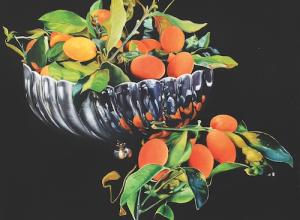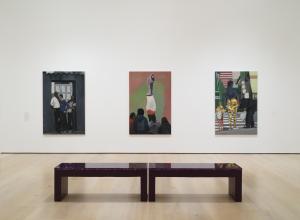
An Encanto still of, from left to right, Louisa and Mirabel.
Disney’s latest Oscar-winning animated feature Encanto has been widely praised for what many have described as an unprecedented degree of well-executed, even poignant, representation. Writer José María Luna called the film "an act of defiance." Set in Colombia, the film tells the story of Mirabel Madrigal who must come to terms with being "normal" in a family that possesses magical powers.
The film’s Colombian Cultural Trust actually began at the beginning of the film’s development, even before the directors’ research trip – rather than after the start of the pandemic. Travel restrictions did not lead to the creation of the trust, and it would have been crucial to production even if further research trips had been possible.
One could cite several factors that contributed to the praise this film has received but the Colombian Cultural Trust seems to be at the heart of it all. Created by Disney at the beginning of the film’s development and comprised of a wide range of experts that filmmakers met with weekly, the group became an especially crucial source of information after the onset of the pandemic made research travel impossible. As Associate Production Designer Lorelay Bové tells Art & Object, “We had architects, we had botanists, we had—Andrés [Góngora] and Sara [Zamora]—anthropologists.”
This slideshow digs into the value added to this film via the thoughtful inclusion of cultural and historical art objects. As you will see in statements throughout from Bové, Góngora, and Art Director of Environments Camille Andre, contributions from the Trust elevated Encanto from a charming, worldly film to a poignant (and potentially transformative) work of art.






































